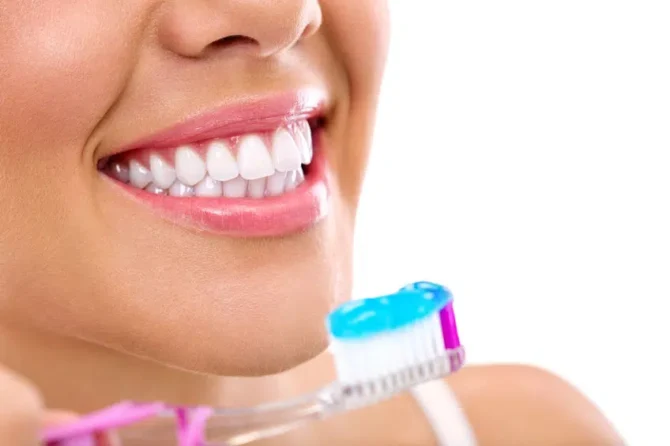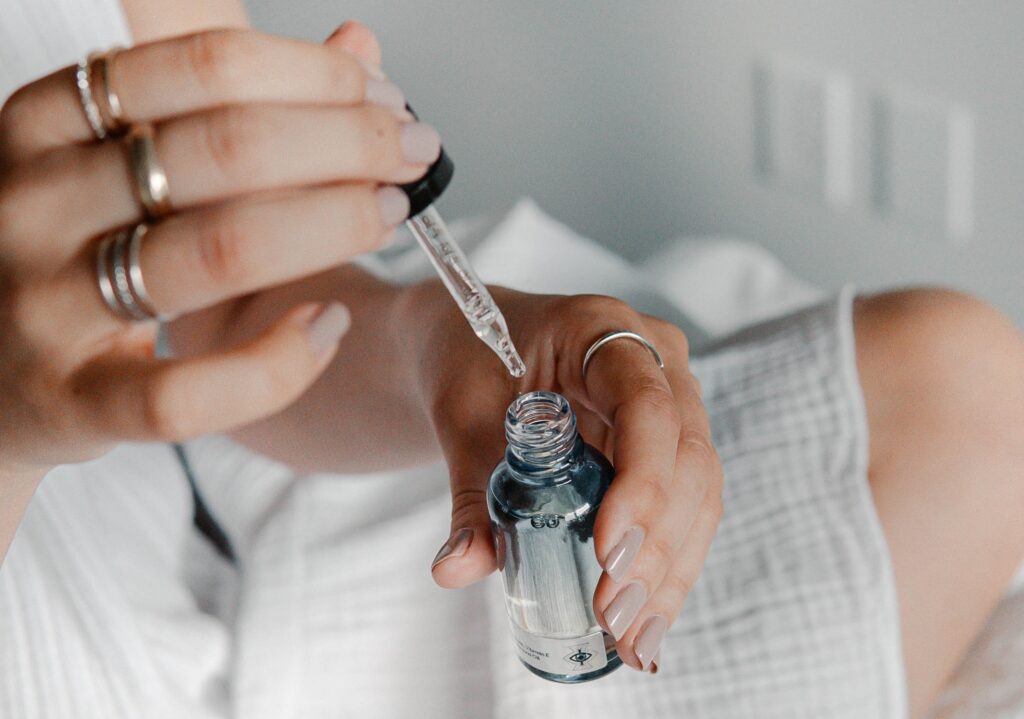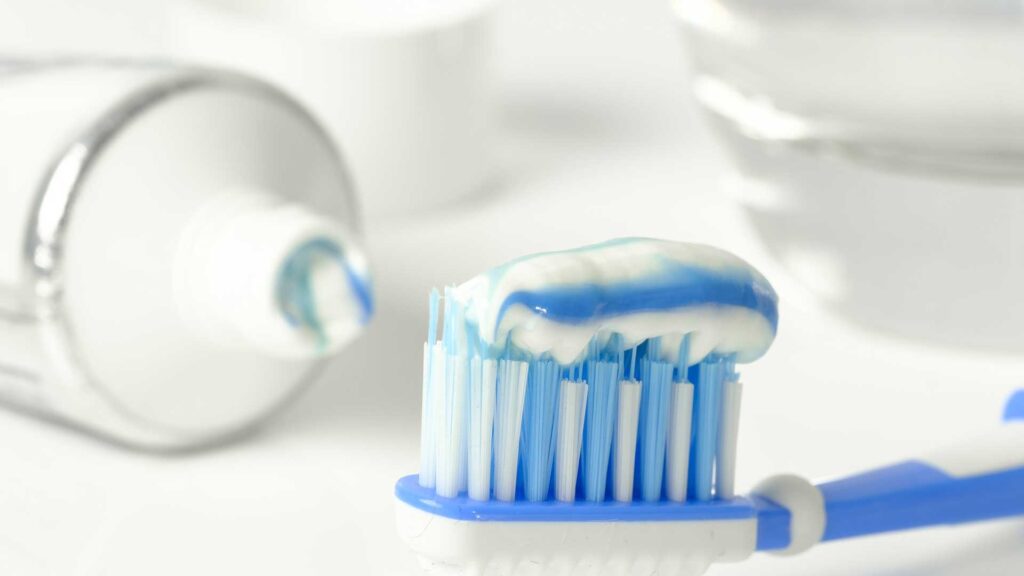
The best toothpaste to reverse gum disease – and get your smile back!
Have you been told you have gum disease? Don’t worry; you’re not alone. Almost half of all adults will experience some form of gum disease in their lifetime. Gum disease is a serious condition that can lead to tooth loss and other health problems if left untreated. But don’t despair – there is good news! You can take steps to reverse gum disease and get your smile back. One of the best things you can do is start using toothpaste specifically designed for reversing gum disease.
Keep reading to learn more about the “toothpaste to reverse gum disease” – and how to get started on reclaiming your smile!
How to choose the best toothpaste for reversing gum disease?
If you have gum disease, choosing the right toothpaste is important.
Avoid toothpaste that contains alcohol
Alcohol can dry out your mouth, leading to an increase in plaque formation.
Choose a toothpaste with a mild abrasive
Abrasive toothpaste can help to remove plaque and tartar from the teeth, which can help to reverse gum disease. However, some abrasives can be too harsh on the teeth and cause damage. Therefore, choosing a toothpaste with a mild abrasive such as sodium bicarbonate or calcium carbonate is important.
Avoid kinds of toothpaste with whitening agents
Whitening agents such as hydrogen peroxide can help to make your teeth look brighter. However, these agents can also irritate the gums and should be avoided if you are concerned about reversing gum disease.
Look for a toothpaste that contains xylitol
Xylitol is sugar alcohol shown to help reduce plaque and tartar buildup on the teeth. Additionally, xylitol has been shown to promote oral health by helping to reduce the growth of bacteria in the mouth.
Choose a toothpaste that is gentle on the gums
Some toothpaste contains ingredients that may be harsh on the gums, such as menthol or eucalyptus oil. If you are concerned about reversing gum disease, choose a toothpaste that is gentle on the gums and does not contain these ingredients.
Avoid toothpaste with artificial sweeteners
Artificial sweeteners such as saccharin or aspartame can cause an increase in plaque formation on the teeth. Therefore, it is best to avoid these ingredients if you are concerned about reversing gum disease.
Which ingredients in toothpaste help reverse gum disease?
Several toothpaste ingredients are known to help reverse gum disease and get your smile back. These ingredients include zinc citrate, baking soda, and glycerin. These ingredients work together to kill the bacteria in your mouth that cause plaque and gingivitis. Baking soda also removes stains from your teeth, leaving your teeth with a brighter smile. Glycerin is an important ingredient in toothpaste because it prevents the paste from drying.
Another key ingredient in toothpaste is detergent. This ingredient creates the foaming action, which helps scrub the teeth and gums. Fluoride, found naturally in toothpaste, is another ingredient that can help reverse gum disease. Fluoride strengthens tooth enamel and fights tooth decay. Not all toothpaste contains fluoride, however. Fluoride has also been shown to fight plaque and gingivitis, two major problems for many people. Other toothpaste ingredients can be found in whitening, including special chemical agents that polish teeth.
Another ingredient in toothpaste that can help reverse gum disease and get your smile back is hyaluronic acid. This ingredient prevents plaque from building up on your teeth and reduces the inflammation and firmness of your gums. Using good toothpaste is crucial in healing gum disease and getting your smile back. However, if you have already experienced gum disease, it may be too late to change your toothpaste.

How often should you use this type of toothpaste?
You should use a special toothpaste designed to reverse gum disease. It will kill the harmful bacteria on the gum line and prevent plaque buildup. It will also help prevent early signs of gum disease. It contains fluoride and calcium, important ingredients in reversing gum disease.
To minimize the risk of gum disease, you should brush your teeth at least twice a day. This means brushing for two minutes each time. You can also use an electric toothbrush to ensure you brush your teeth effectively. Using an interdental cleaning tool daily is another good idea. Also, you can have your teeth cleaned by a professional. If your gums are sore, special toothpaste for sensitive teeth may be best for you.
It’s also important to floss daily. It helps remove the plaque bacteria that can lead to gingivitis. A special toothpaste for gum disease fights the harmful bacteria on your teeth.
Are there any side effects associated with using toothpaste?
It’s hard to imagine a world without toothpaste. We’ve been using it to brush our teeth for decades, becoming essential to our daily hygiene routine. But what exactly is toothpaste, and are there any side effects associated with its use?
Toothpaste is a gel or paste used to clean the teeth and gums. It usually contains fluoride, which helps to prevent cavities, and it may also contain other ingredients like abrasives and detergents. While toothpaste is generally safe to use, there are some potential side effects that you should be aware of. For instance, toothpaste can cause mouth irritation in some people, and if swallowed in large quantities, it can be harmful. Also, if you have braces or other dental appliances, you should be careful when using toothpaste, as it can damage them. Overall, however, toothpaste is a safe and effective way to keep your teeth and gums clean.
What are users saying about the best toothpaste for gum disease?
There’s a lot of debate about the best toothpaste for gum disease. Some people swear by natural toothpaste, while others prefer products that contain fluoride. Still, others believe that it’s all about the brushing technique, not the type of toothpaste. So what’s the verdict? Well, it seems that there isn’t a clear consensus. However, some general trends emerge from the conversation. Natural toothpaste is often praised for its gentle ingredients and lack of harsh chemicals.

Fluoride toothpaste, however, is lauded for its ability to fight cavities and help prevent gum disease. As for the brushing technique, most people believe that a soft brush and gentle strokes are best. Ultimately, though, it seems that the best toothpaste for gum disease is the one that works best for you. So experiment with different types and find the one that gives you the best results.
Which is the best overall toothpaste for reversing gum disease?
While it’s important to seek professional dental care if you have symptoms of gum disease, the good news is that you can reverse the condition at home with good oral hygiene. When gums are healthy, they should be pale pink and firm. You may have gum disease if you notice bleeding while brushing or biting into foods.
The American Academy of Periodontology recommends undergoing a yearly comprehensive periodontal exam. Your periodontist will check your gums for signs of plaque buildup and examine your bite function and state of oral bone structure. A thorough examination can also answer your questions about the best toothpaste for reversing gum diseases.
How to use toothpaste to reverse gum disease?
Squeeze a pea-sized amount of toothpaste onto your toothbrush.
Gently brush your teeth all around, including the gum line.
Rinse your mouth well with water.
Repeat this process twice daily, in the morning and at night.
You should see a difference in your gum health within a few weeks.
If you don’t see any improvement or your gums worsen, consult a dentist or dental hygienist.
Use toothpaste specifically designed for reversing gum disease for best results.
Frequently asked questions
How long will it take to see results?
Toothpaste takes time to work. You may begin to see results within 2-3 weeks, but it can take up to 6 months for the full effect.
How often should I use toothpaste?
It would help if you brushed your teeth at least twice daily, preferably after every meal. If you are using toothpaste to reverse gum disease, follow the instructions on the product packaging.
What are the side effects of toothpaste?
Toothpaste is generally safe for most people. However, some people may experience minor side effects such as mouth irritation or sensitivity. If you experience severe side effects, stop using toothpaste and see a dentist.
Is toothpaste effective for everyone?
Toothpaste may not be effective for everyone. Some people may not see any results, while others may see only partial results. Consult a dentist if you do not see any improvement after using toothpaste for 6 months.
Can I use toothpaste if I have braces?
Yes, you can use toothpaste if you have braces. Just be sure to follow the instructions on the product packaging.
Can I use toothpaste if I have dental implants?
Yes, you can use toothpaste if you have dental implants. Just be sure to follow the instructions on the product packaging.
If you’re struggling with gum disease, switching to specialty toothpaste can be a great way to improve your oral health. Many different types of toothpaste are effective against gum disease, including fluoride toothpaste, chlorhexidine toothpaste, and triclosan toothpaste. So if you’re looking for a way to turn your oral health around, consider switching to one specialty toothpaste. Your smile will thank you!
